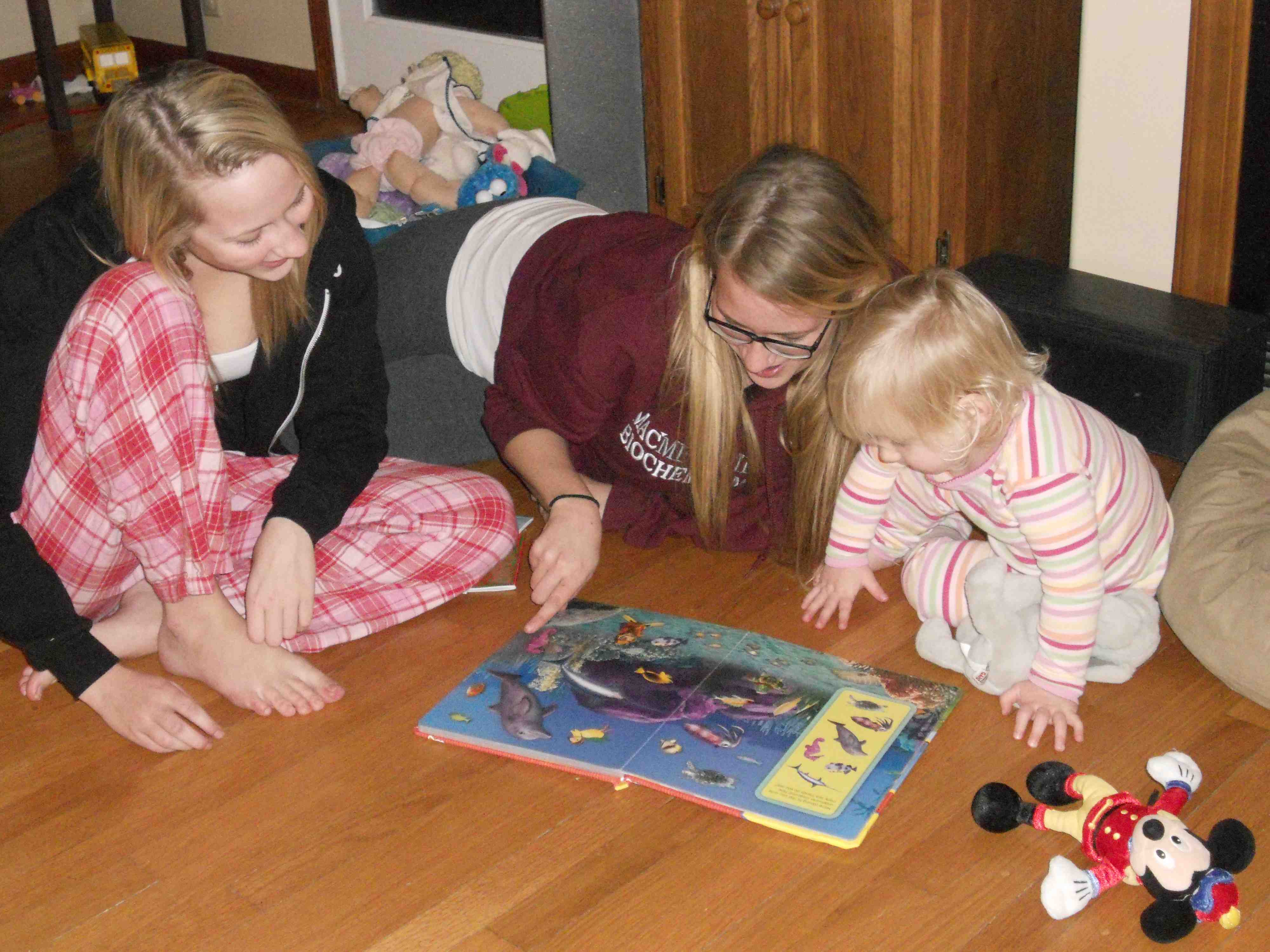“Food safety in Canada, believe it or not, is an accident. It really is,” says Rick Holley, a University of Manitoba food-safety expert and an adviser to the Canadian Food Inspection Agency.
That’s how Toronto’s Globe and Mail newspaper kicks off a week-long series on the global marketplace for food, and how Canada has yet to come to terms with the regulatory, economic and technological challenges of global food, by reporter Steven Chase.
Last year, Canada imported more than 33 million litres of apple juice from China; 11.8 million kilograms of pickles and relish from India and 4.9 .jpg) million kilograms of cashews from Vietnam, all part of a two-decade-long surge that has made imported food – often from developing countries – a significant component of the Canadian diet. All of it is grown or processed far beyond the reach of Canada’s food inspection system, which – contrary to what consumers might expect – is still struggling to catch up to the reality of a global food market.
million kilograms of cashews from Vietnam, all part of a two-decade-long surge that has made imported food – often from developing countries – a significant component of the Canadian diet. All of it is grown or processed far beyond the reach of Canada’s food inspection system, which – contrary to what consumers might expect – is still struggling to catch up to the reality of a global food market.
Critics say Canada’s ability to safeguard its citizens from the risks of both domestic and imported food is falling behind – charges levelled even as efforts are under way at the Canadian Food Inspection Agency to update practices for the 21st-century global marketplace.
Today, foreign food makes up 15 to 20 per cent of this country’s diet.
Importers are not currently required by Ottawa to provide documentation that traces a primary food product to its origin. Some food retailers and importers may, however, already collect this information for their own commercial purposes.
Chief Food Safety Officer Brian Evans says CFIA intends to propose that importers be required to document the origin of all “ single entity products” – as opposed to multi-ingredient goods – they bring into Canada. These would include fish, eggs, leafy greens, salads, fresh fruits and vegetables. We would like to have country of origin traceability requirements as part of the first set of regulations going forward. We would like to see that in 18 to 24 months.”
However, he said, the timing and final details of such a plan is up to the government.
Roughly about 1 to 2 per cent of foreign food imports that enter Canada are inspected. The agency heavily inspects some products such as meat and also pays closer attention to goods that have a history of carrying food-borne illness – such as fish or leafy greens or eggs.
The CFIA argues that the absence of big problems shows the system works. In any given day, Dr. Evans says, about 100-million meals are eaten in Canada – which works out to about 36.5 billion meals at year. And what’s going wrong? There are about 250 to 300 recalls of food each year following inspections or consumer complaints. Canadians also suffer an estimated 11- million cases of acute gastroenteritis each year – a relatively minor amount – and one that federal authorities suggest is largely due to food preparation mistakes or bad hygiene rather than substandard imports.
However, the University of Manitoba’s Dr. Holley says a push for traceability is not a priority when there are other problems with food .jpg) safety, including a lack of comprehensive information on what is making Canadians sick. “It’s like putting a sunroof on a car that has bald tires.”
safety, including a lack of comprehensive information on what is making Canadians sick. “It’s like putting a sunroof on a car that has bald tires.”
While regulators waffle over how to improve food safety, some of the world’s largest grocery sellers have been using their market muscle to force suppliers to clean up or risk being punted from retail’s most sought-after shelves.
Leading the run are the same corporate giants critics blame for jeopardizing food safety amidst their globe-spanning pursuit of abundant cheap food. But no one is arguing about the impact grocery heavyweights are having on safety in the global supply chain, where their border-transcending clout eclipses the reach of public regulators.
Wal-Mart, the world’s largest grocer, cut through a highly political debate over tainted hamburger meat in the U.S. this year by forcing suppliers to conduct specialized tests for E. coli and salmonella.
In Canada, Loblaws became the first national retailer to insist private-label suppliers comply with safety standards under the Global Food Safety Initiative, an alliance started by eight of the world’s largest food retailers.
Jorgen Schlundt, the recently departed director of food safety at the World Health Organization, worries big retailers view food safety as a marketing tool. “There is a huge difference between what consumers … think is important and what is really important,” Dr. Schlundt said. “It is extremely important that the science that standards are built upon and the standards themselves are not made by industry – not made by the people who are supposed to be monitored by government,” he said.
I’d rather those standards were publicly available and marketed at retail so consumers – who probably know a lot more about food safety than Dr. Schlundt thinks they do – could support those producers and processors that consistently provide microbiologically safe food – and can prove it.
.jpg)
 unfit food, low hygiene standards, inaccurate labelling information and suspected food poisoning.
unfit food, low hygiene standards, inaccurate labelling information and suspected food poisoning.

 the food sits on the floor does not change the risk.”
the food sits on the floor does not change the risk.”
 whipped cream.”
whipped cream.”.jpg) household where a language other than English (LOTE) was spoken was the primary risk factor associated with listeriosis.
household where a language other than English (LOTE) was spoken was the primary risk factor associated with listeriosis..jpg) million kilograms of cashews from Vietnam, all part of a two-decade-long surge that has made imported food – often from developing countries – a significant component of the Canadian diet. All of it is grown or processed far beyond the reach of Canada’s food inspection system, which – contrary to what consumers might expect – is still struggling to catch up to the reality of a global food market.
million kilograms of cashews from Vietnam, all part of a two-decade-long surge that has made imported food – often from developing countries – a significant component of the Canadian diet. All of it is grown or processed far beyond the reach of Canada’s food inspection system, which – contrary to what consumers might expect – is still struggling to catch up to the reality of a global food market. disease before taking corrective action.
disease before taking corrective action.
 Then Amy barfed.
Then Amy barfed..jpg) employers and employees. It is intended to put pressure on the restaurant industry to improve conditions for its workers. The Restaurant Opportunities Centers United is one of two groups presenting the report at a Congressional briefing today.
employers and employees. It is intended to put pressure on the restaurant industry to improve conditions for its workers. The Restaurant Opportunities Centers United is one of two groups presenting the report at a Congressional briefing today. something with stamps or coins before food safety – practices food law in Ottawa (that’s in Canada) and shares his thoughts in a monthly column for Food in Canada.
something with stamps or coins before food safety – practices food law in Ottawa (that’s in Canada) and shares his thoughts in a monthly column for Food in Canada.